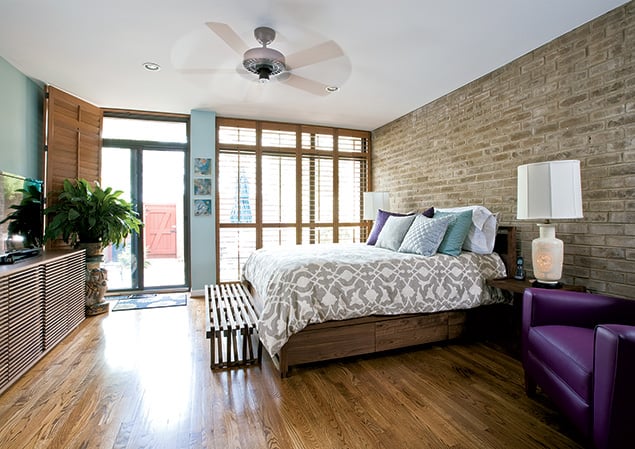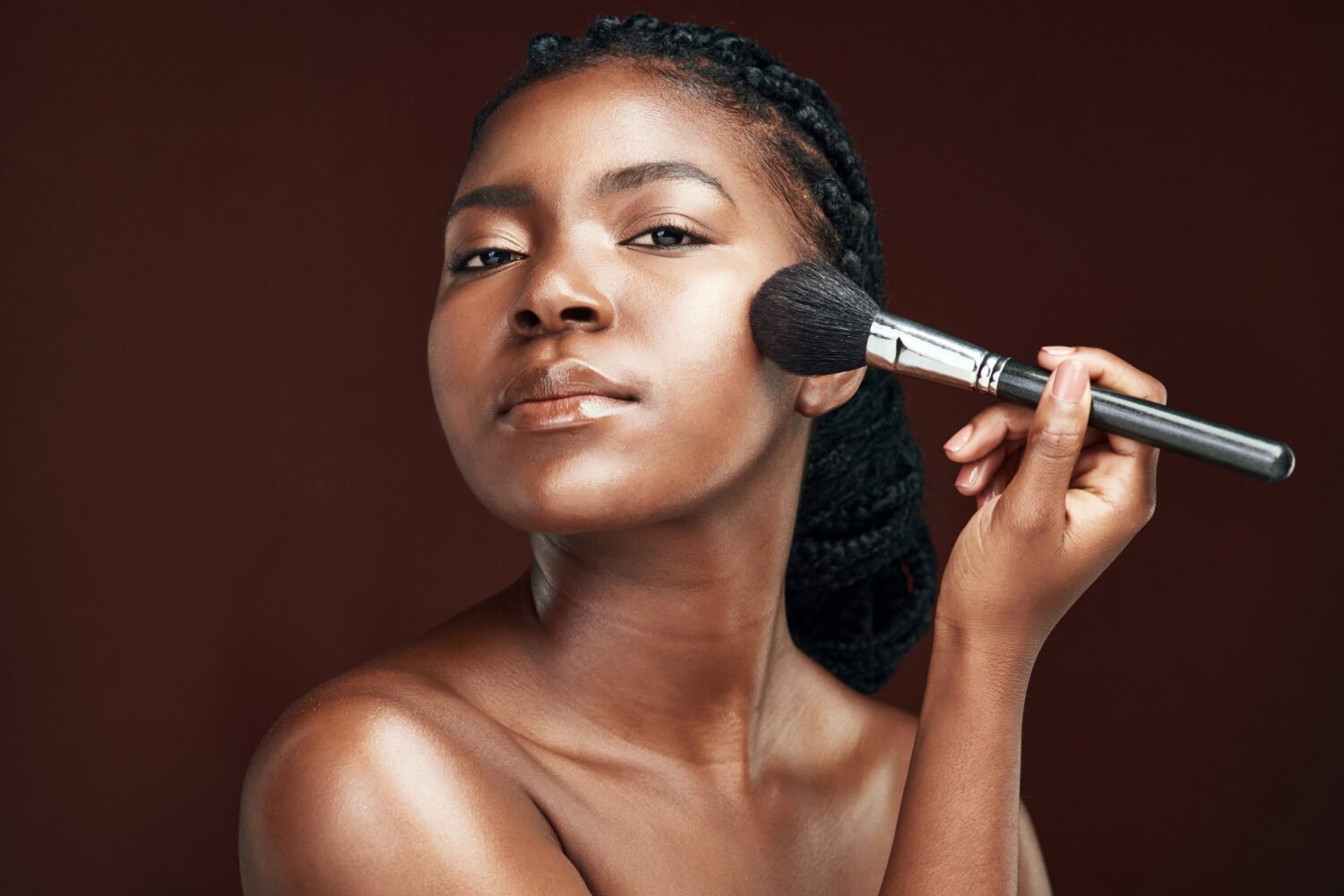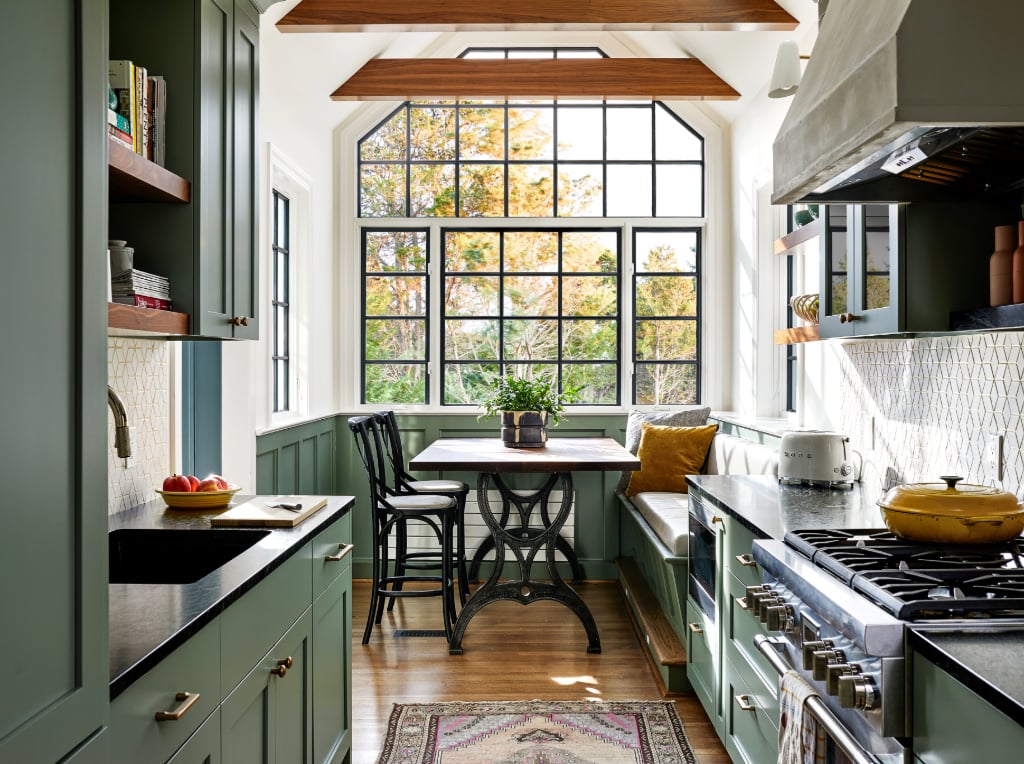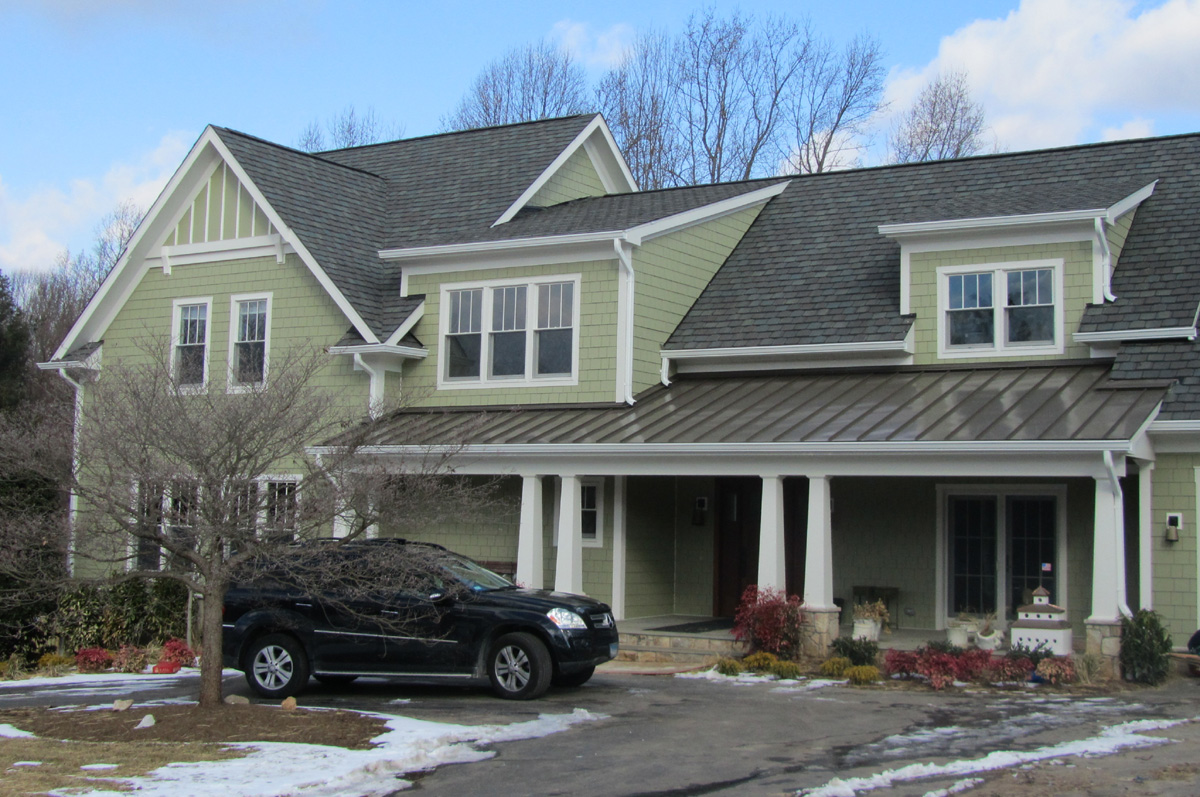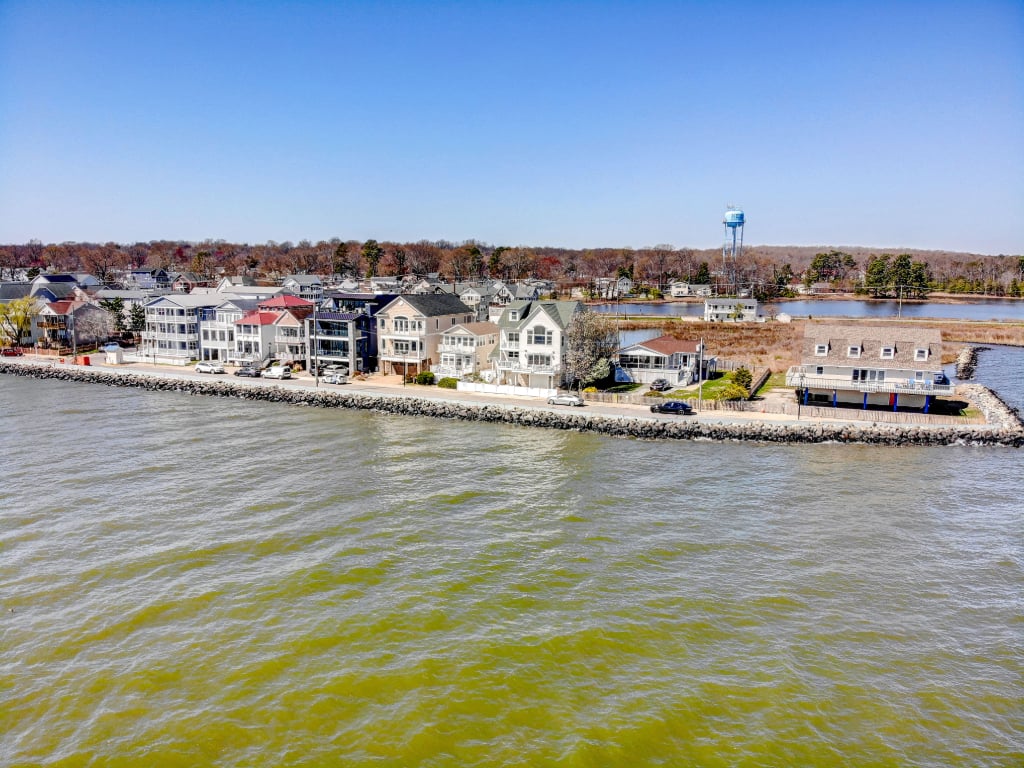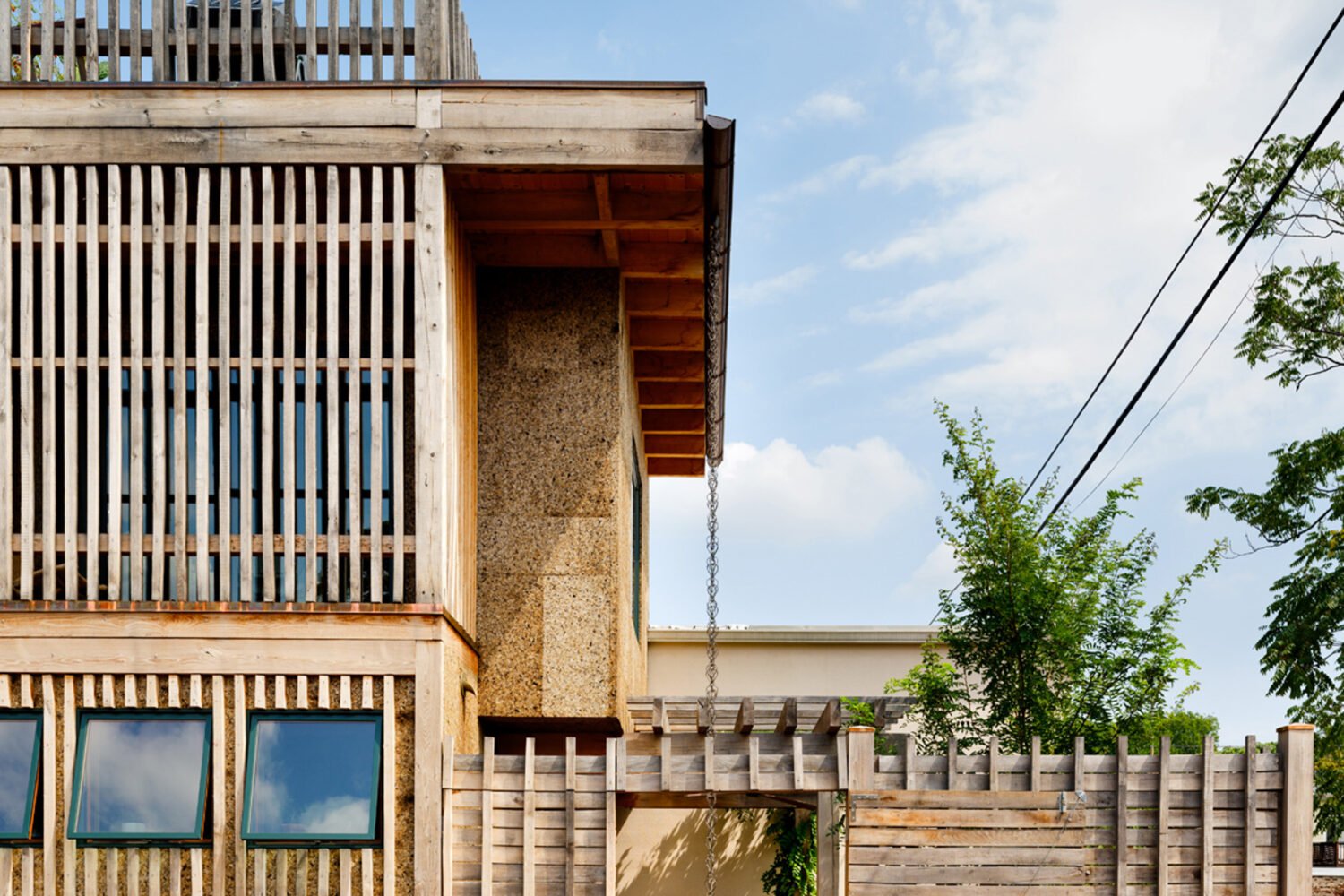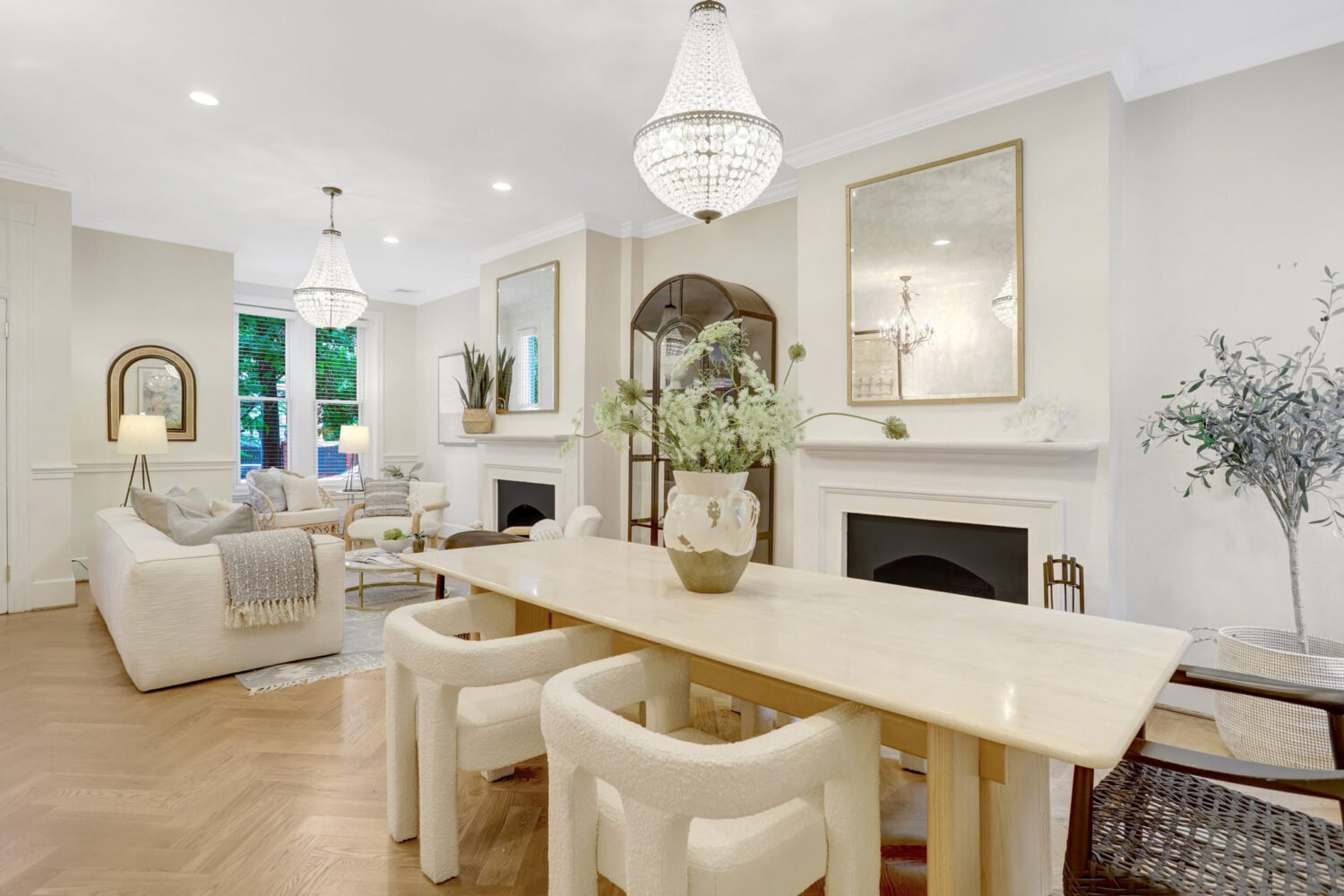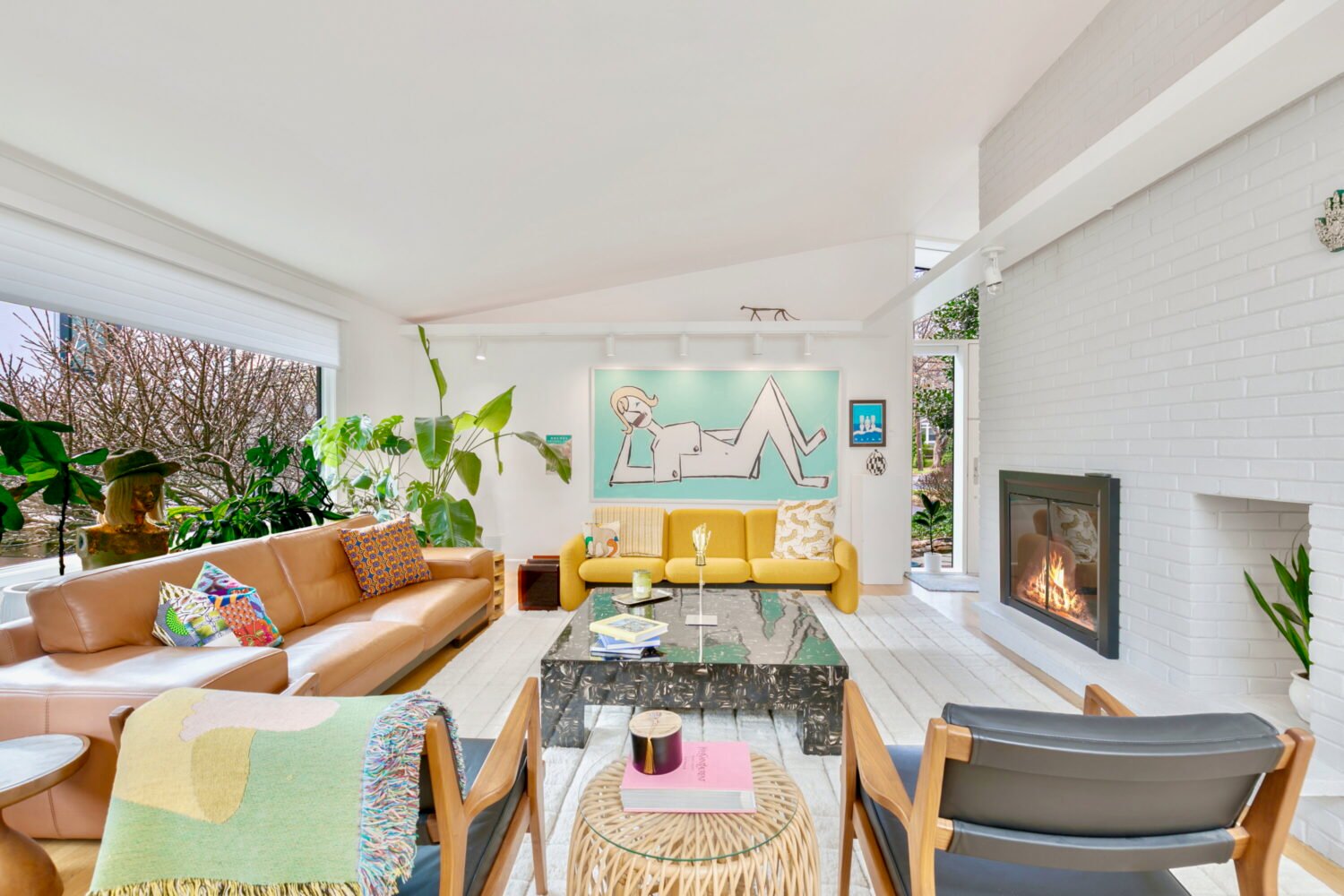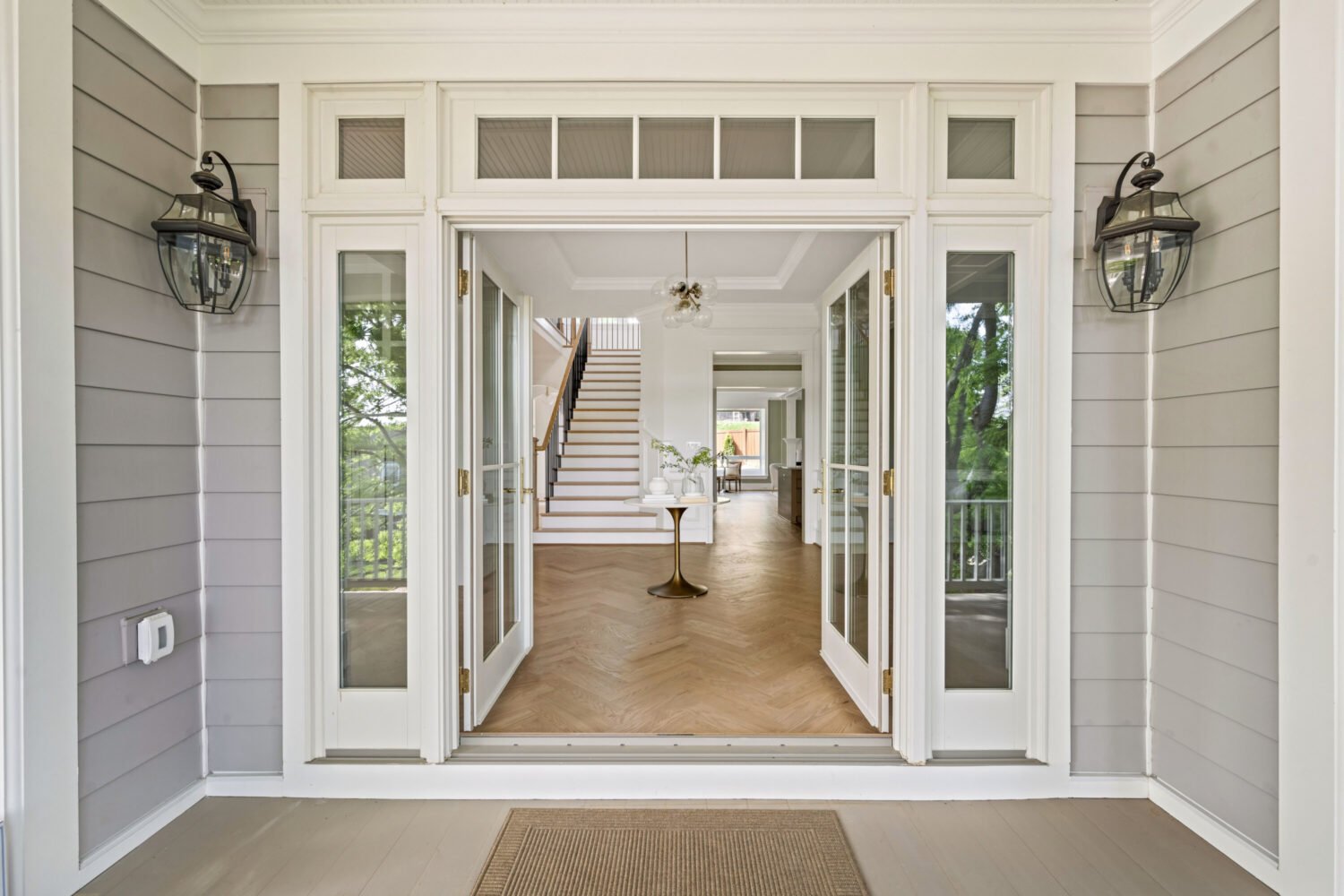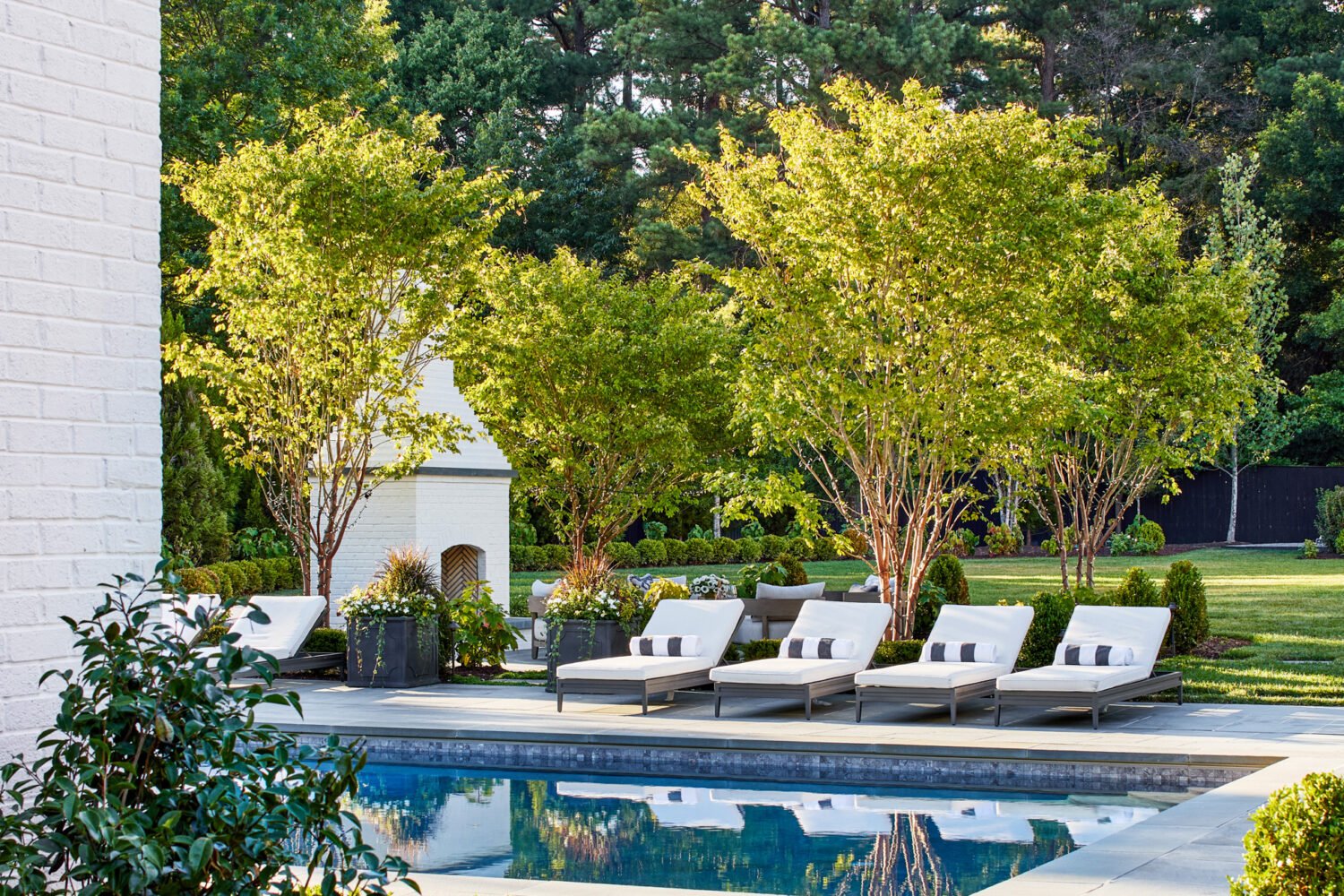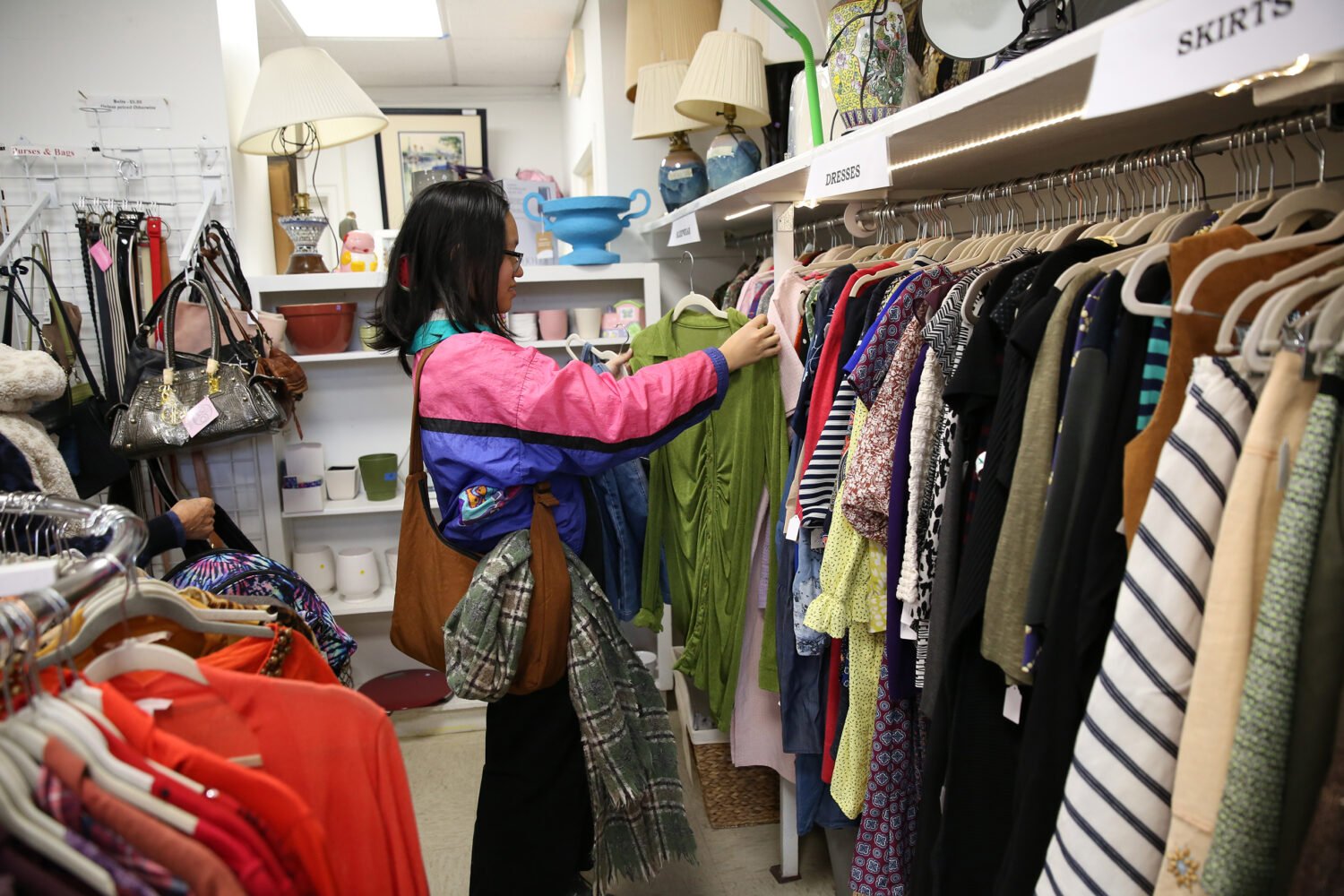Not everyone likes the idea of swapping a well-loved family home for a new start in a city condo. We asked local builders and designers to tell us what improvements can help aging homeowners stay where they are.
Entryway and Foyer
The path to the front door should be as clear and direct as possible; remove plants or patio furniture that could get in the way, and add walkway lights. Vince Butler of Butler Brothers in Clifton says older homeowners should have access to one entrance that doesn’t require stairs. They might consider installing a paved ramp and widening the front door, too. Inside, designer Russ Glickman of Glickman Design Build in Potomac suggests placing a bench or table in the foyer to set packages or heavy items upon entering.
Kitchen
Raising or lowering the height of countertops allows residents to sit on a barstool or a chair while they cook or do prep work. As people age and become more forgetful, glass-front cabinets that enable them to see exactly where everything is can be a big help, as can ovens that alert users when they’re left on too long or refrigerators that beep when ajar. Major manufacturers such as GE make such appliances. For an instant update, you can reorganize cabinets and shelving so that frequently used items are easy to reach.
Master Bedroom
Moving this bedroom to the main level, as Glickman recommends, is an obvious plan. AARP also suggests widening door frames and hallways in and around the room, especially if they need to accommodate a wheelchair. Some people add elevators if keeping the bedroom upstairs is the only option; closets stacked one above the other on multiple floors are among the easier places to install a shaft. Adding seating—near the bed, in the closet, and anywhere else someone may need to balance or pause to change clothing—is a simple, low-cost improvement.
Bathroom
This can be one of the most dangerous rooms in the house. Architect Bruce Wentworth recommends a curbless shower in place of a bathtub. An adjustable shower head, grab bars or railings, and in-shower seating are also good ideas. A floor material with firm traction, such as textured vinyl, and nonslip shower mats are important, too. The National Association of Home Builders advises using a faucet with “anti-scald” controls—valves designed to prevent extremely hot water from leaving the tap—and bright lighting.
This article appears in the November 2014 issue of Washingtonian.

